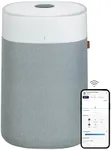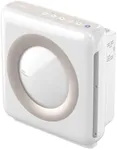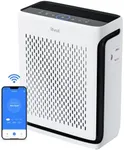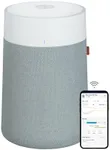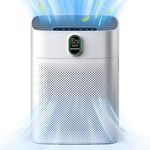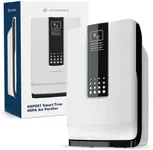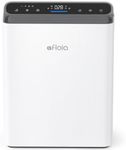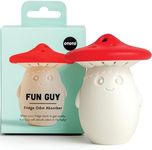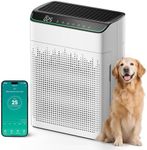Buying Guide for the Best Portable Air Purifiers
Choosing a portable air purifier can make a big difference in the air quality of your home, office, or any small space. The right model can help reduce allergens, dust, smoke, and odors, making the environment healthier and more comfortable. When shopping for a portable air purifier, it's important to understand the key features and specifications so you can match the device to your specific needs and living situation.Filter TypeThe filter type determines what kind of particles the air purifier can remove from the air. The most common types are HEPA filters, activated carbon filters, and sometimes UV or ionizer features. HEPA filters are great for capturing tiny particles like pollen, dust, and pet dander, making them ideal for allergy sufferers. Activated carbon filters are best for removing odors and gases, which is useful if you are concerned about smells or smoke. Some purifiers combine both types for broader protection. When choosing, think about whether your main concern is allergens, odors, or both, and pick a purifier with the right filter combination.
Room CoverageRoom coverage tells you the maximum size of the area the purifier can effectively clean, usually measured in square feet or square meters. Small purifiers are suitable for personal spaces like bedrooms or offices, while larger ones can handle living rooms or open-plan areas. To choose the right one, measure the size of the room where you plan to use the purifier and make sure the model you pick is rated for at least that much space. Using a purifier in a room larger than its rated coverage will reduce its effectiveness.
Clean Air Delivery Rate (CADR)CADR is a measure of how quickly the purifier can clean the air of specific pollutants like dust, pollen, and smoke. Higher CADR numbers mean faster and more efficient cleaning. CADR values are usually given for each type of particle, so you can compare how well different models handle your main concerns. If you have allergies or live in a smoky area, look for higher CADR ratings for those specific pollutants. For general use, a balanced CADR across all categories is a good choice.
Noise LevelNoise level, measured in decibels (dB), tells you how loud the purifier will be when running. Quieter models are better for bedrooms or offices where you need peace and quiet, while a bit more noise might be acceptable in living rooms or kitchens. Most purifiers have multiple speed settings, with lower speeds being quieter. If you are sensitive to noise or plan to use the purifier while sleeping, look for models with low noise ratings or a dedicated 'sleep mode.'
Portability and SizePortability refers to how easy it is to move the purifier from one place to another. Smaller, lighter models are easier to carry and fit well in tight spaces, while larger units may be more powerful but less convenient to move. If you want to use the purifier in different rooms or take it with you when traveling, look for compact and lightweight designs with handles or carrying features. If it will stay in one place, size may be less important.
Maintenance and Filter ReplacementAll air purifiers require some maintenance, mainly changing or cleaning the filters. Some models have washable filters, while others need regular replacement. Check how often the filters need to be changed and how easy it is to do so. If you prefer low-maintenance options, look for purifiers with longer-lasting filters or easy-access filter compartments. Consider your willingness to keep up with maintenance when making your choice.

